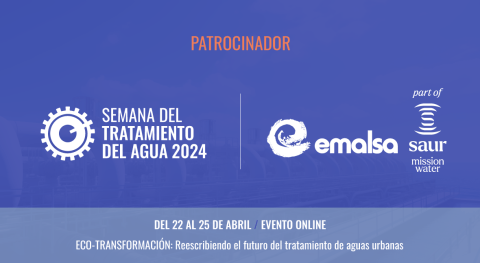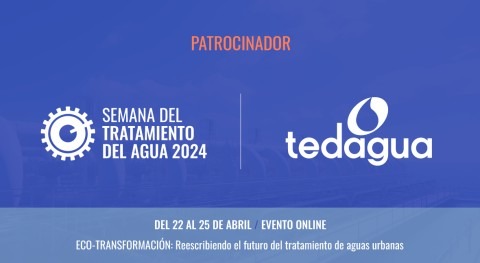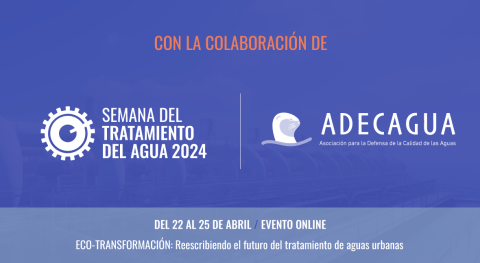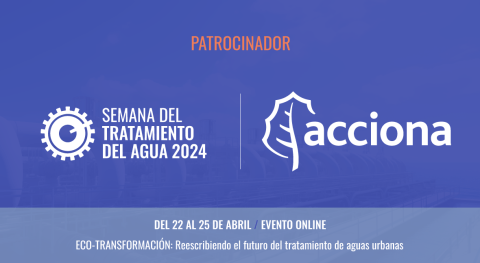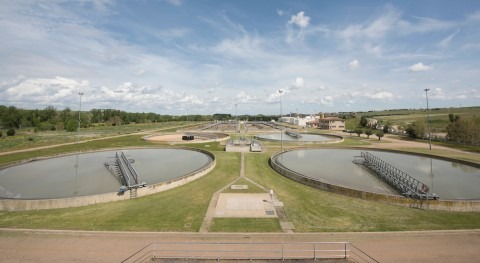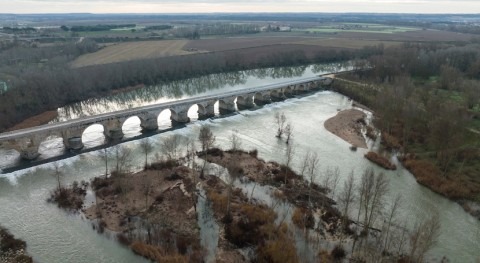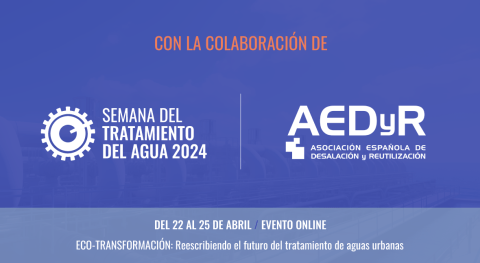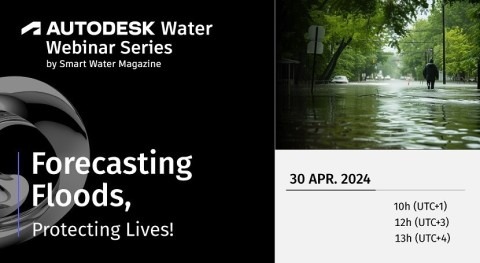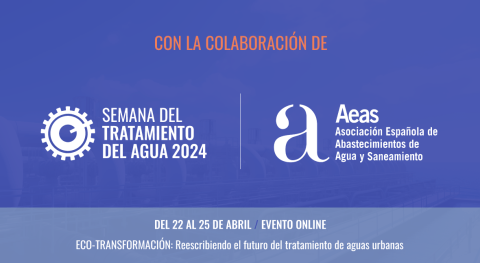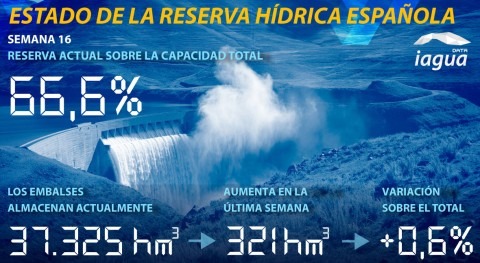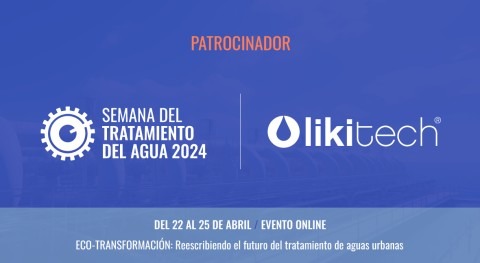Tras estos dos días de reunión monográfica sobre el papel del Análisis económico en la elaboración de cara al año 2009 de los Planes de Gestión de Cuenca Hidrográfica había pensado en colgar un pequeño resumen de los asuntos clave tratados. Pero esta mañana, dando una vuelta por CIRCA he encontrado este documento que presentó el Ministerio de Medio Ambiente en la reunión europea de Coste-Eficacia del pasado mes de febrero. Y, bajo mi punto de vista, aquí están las llaves para entender cual es la situación actual en España en torno al Análisis Coste-Eficacia de las medidas a incluir en los planes de cuenca.
Los informes del artículo 5 van quedando cerrados definitivamente, y este es el reto que se nos presenta.
1.- Methodology Development
The general methodological approach for CEA in Spain is drawn from the WATECO Guidance.
Two main approaches are being considered:
a) Analysis of main key relevant issues and analysis of effectiveness of measures in relation to these key issues.
b) Integrated approach: intersectoral measures, intersectoral issues. For this second we are using the three step approach that set up the main procedure, and the key “economic” questions to consider when analysing costs, effects, benefits, and economic and environmental impacts.
The main challenge is to apply WATECO methodology in a River Basin. To do this further development have been necessary in relation to:
1.- Relate statistical information on trend scenario (of pressures) at different scales (GIS data and data for statistical and administrative units) to the impacts at 2015 for the different parameters:
- Water body,
- River Basin and
- Sub-basin (management units)
This is necessary to “assess what would be the gap” in 2015 under the “do nothing” scenario (without taking measures-or only basic measures) for the different water bodies.
2.- Integrate existing physical information on:
- Drainage network
- River functioning and
- On the relationships between groundwater bodies and surface water bodies.
- Soil characteristics.
- Corine land cover.
This is necessary to analyse the effects of the measures upstream to downstream water bodies; analyse the effects of measures in GW bodies in surface water bodies; to move from emissions to inmissions; and to be able to be more precise about the location of pressures.
3.- Integrate the existing information on:
· State of implementation of 271/91 WWT Directive: census of Wastewater treatment plants: Location, type of treatment and E-P in urban areas served.
· Technical information on % losses of distribution networks in cities and agriculture;
· Technical information on use of water saving devices in agriculture and litres/person/day in HH.
· Other efficiency information in industrial emissions.
· Other information of existing improvement plans of sectoral ministries (costs and timetable) and expected effects on pollution loads and water extractions.
This is necessary to consider how far we may be with existing measures and what is de “headroom” for improvements. Analysing the headroom is important to assess the limits to the effects of measures.
There are currently some methodological development in relation to:
- Moving beyond CEA based on financial costs of the measures.
- Integration of direct and indirect economic impacts of measures (moving towards multi-criteria analysis).
- Insuring integration of technical results: specially Article 5 Characterisation, IMPRESS, and inter-calibration.
- Further developments of the analysis of effectiveness of some key measures related to diffuse pollution.
- Analyse costs of measures according to standardised parameters to be able to generalise cost analysis.
- Study elasticity of demand in agriculture to analyse the effectiveness of pricing measures.
C) Some key pending issues include:
· Consider the effects of morphological modifications (changes in waterflow regime; physical barriers, temperature, soil composition, river side vegetation) on quality of habitats and biological indicators.
· Consider the effects of measures affecting water extractions and emissions on biological indicators (need for further scientific collaboration to make it operational in CEA).
· Feed into disproportionate costs analysis.
· Application of uncertainty in relation to trend scenarios (sensitivity); effects of measures; costs estimates.
· Consideration of definition of good status in relation to parameters (one quantified target for each parameter, versus complex indicators; versus range of values).
2.-Existing data
· Statistical data on uses a different scales (municipal, agricultural units, exploitations) and Corine land cover.
· Physical information on river networks, aquifers, soil type and quality.
· Quality control stations data on physico-chemical and biological parameters.
· Data on surface water extractions and water served to uses with water use rights.
· Data on location of main infrastructures, channels, irrigation perimeters and water availability.
· Information of existing plans under implementation (national, regional, provincial, municipal or supramunicipal; associations).
3.- Methodology test
There are two on going exercises of methodology test in the Jucar River Basin:
- One in the context of the PRB analysing the effectiveness of measures to reduce Nitrates; and the effectiveness (and direct economic impact) of measures affecting water flow.
- Integrated prototype being tested in the Jucar RB.
Other integrated assessments including benefits assessments n the Ebro RB.
The Integrated JRB prototype is expected to be ready by June 2006.There will need to be many improvements but the modular structure allows partial modifications.
4.- Key relevant issues
· Link to PP
· Link to benefits assessment and disproportionate cost analysis.
· Multi sector approach
· Effectiveness of economic instruments: pricing, markets, subsidies, removal of subsidies.
· Financing of the RBMP.




































